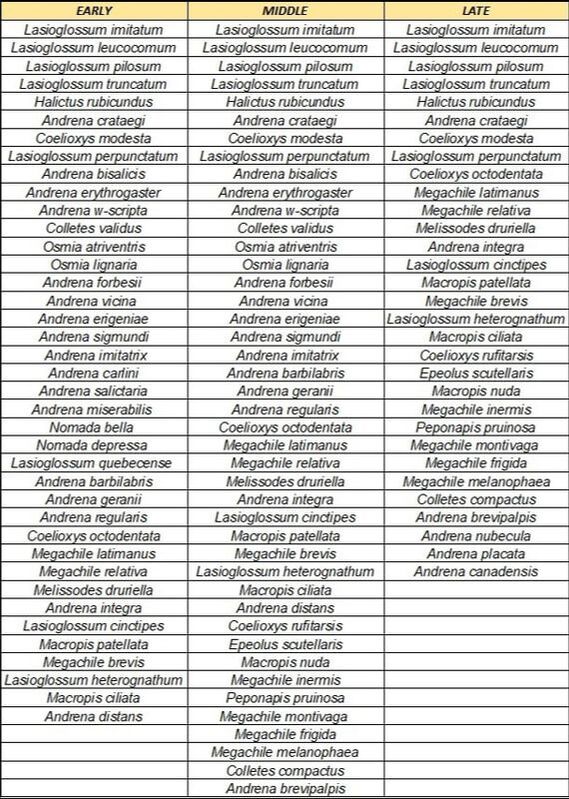Cold Spring Pollinator Garden: at-risk species supported
The Cold Spring Park pollinator garden is designed to support a number of native bee and butterfly species that were once common locally but are now in steep decline, and in danger of becoming extinct within Massachusetts within the next ten years, according to the research of Dr. Robert Gegear, of UMass Dartmouth. It will also provide support for more generalist pollinators of all kinds.
We have already lost two of eleven local bumblebee species–Bombus affinis (Rusty-patched bumblebee) and Bombus pennsylvanicus (American bumblebee). The former is on the endangered species list nationally, with the latter under consideration to add to the list. Three more–one-third of the remaining nine–are at risk, two of which inhabit Eastern Massachusetts. (Bombus terricola only lives at higher elevations in Western Mass.)
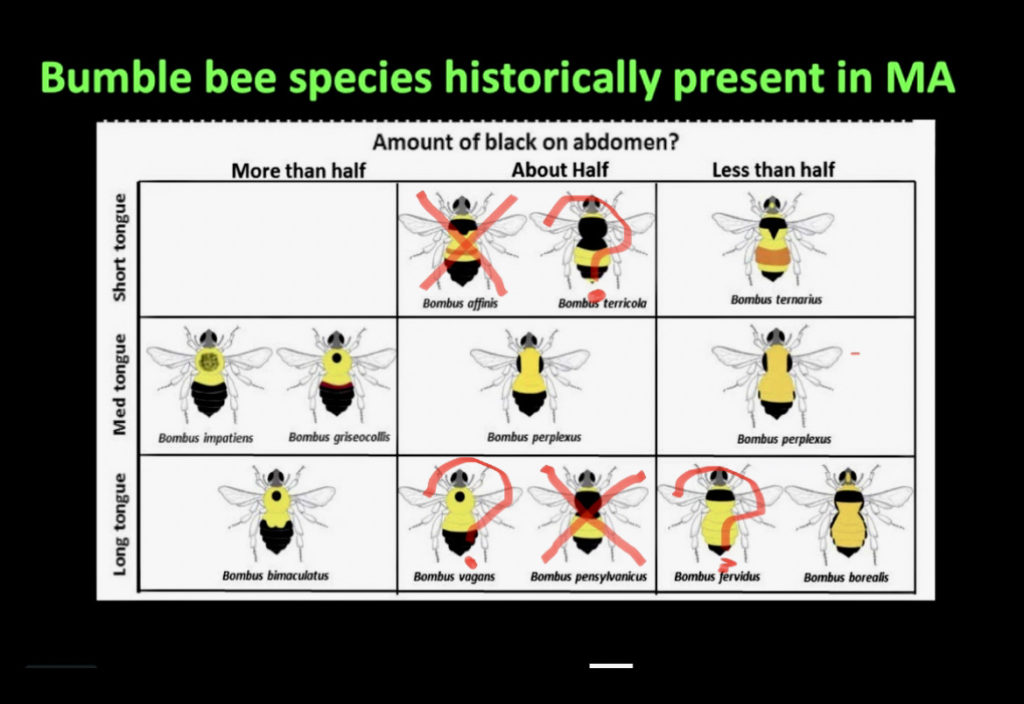
Bombus fervidus – the Golden Northern bumblebee
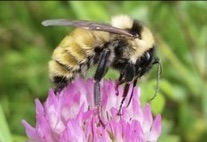
Bombus fervidus is hard to find but relatively easy to identify, with its almost entirely golden body except for a black bar across its thorax (the upper part of its body.)
The golden northern bumblebee has been reported on iNaturalist as close to Newton as across the Charles River at Brandeis University, at the Mt. Auburn Cemetery in Cambridge/Watertown, and at Larz Anderson Park in Brookline. None have yet been reported in Newton on iNaturalist.
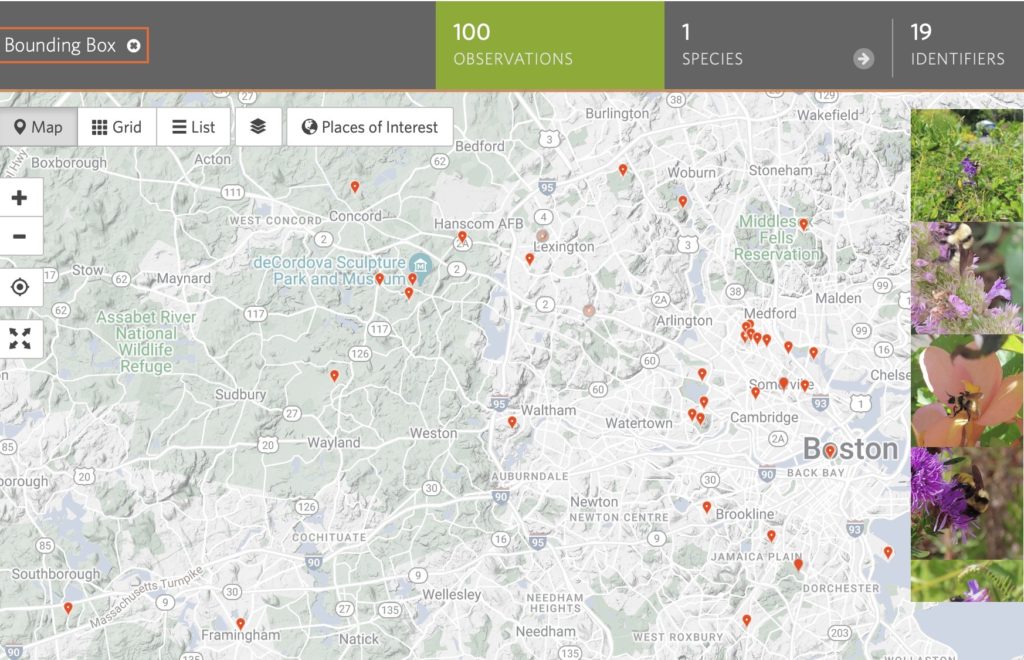
One reason Cold Spring Park makes a good spot for this pollination preservation garden is its location across from the Newton Cemetery. In the last plant inventory of Newton’s green spaces conducted by Newton Conservators (2008), the cemetery was the only place they found in Newton that had red clover and vetch. These two non-native plants have enabled Bombus fervidus to survive in places, even where their preferred native plants are absent. So there is hope that if there are remnant populations of the golden northern bumblebee, they may be living in the cemetery and be able to find our garden.
Bombus vagans, the half-black bumblebee
The half-black bumblebee tends to prefer woodlands. It has been reported one time in Newton on iNaturalist, near Cheesecake Brook.
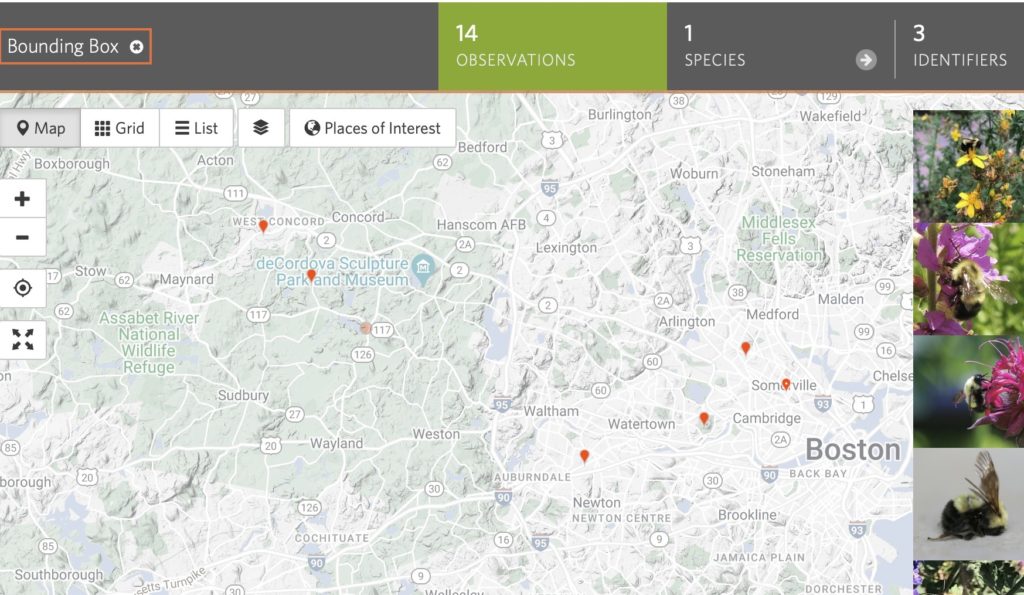
Want to learn to identify different bumblebees? Be a citizen scientist?
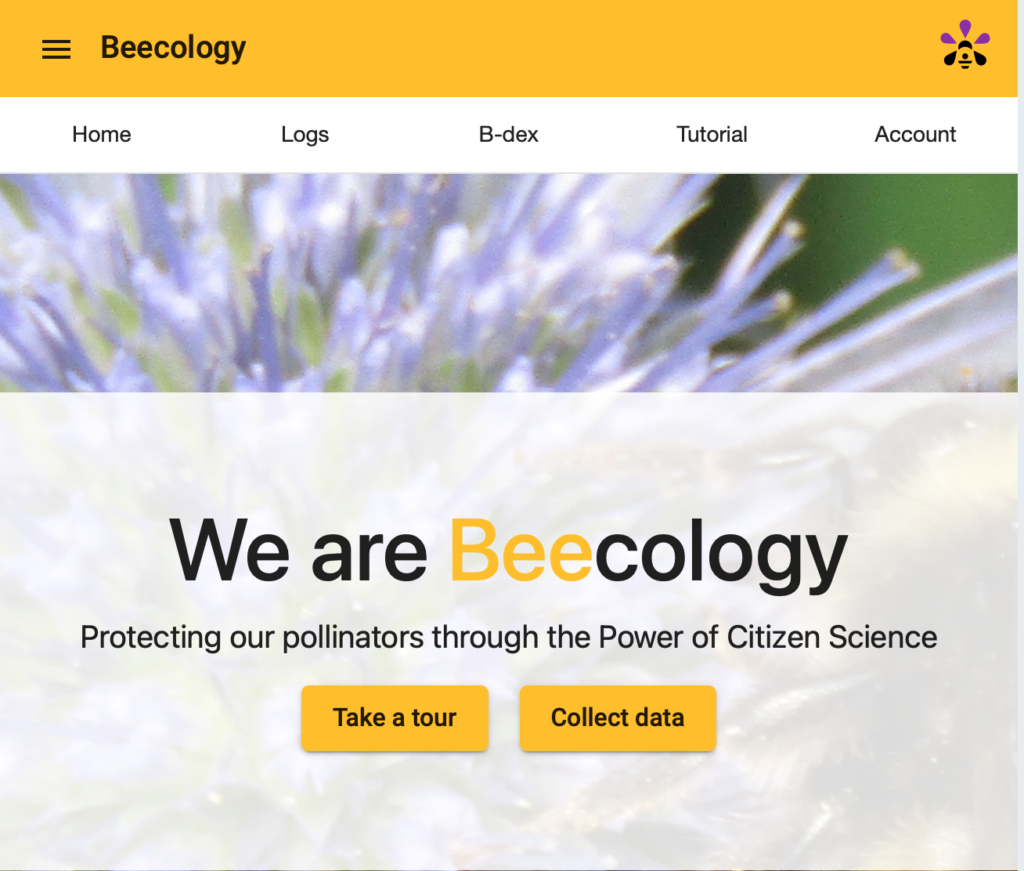
Dr. Gegear has a Beecology website and web app that let’s you upload bumblebee videos to help with identification, and assist with his research. Dr. Gegear also does workshops teaching people how to effectively use the app. If you are interested in attending a training workshop, let us know at FriendsOfColdSpringPark@gmail.com.
At-risk butterflies supported
(More pictures to be added)
The garden also supports ten species of at-risk butterflies, by including the host plants that their caterpillars specialize on.
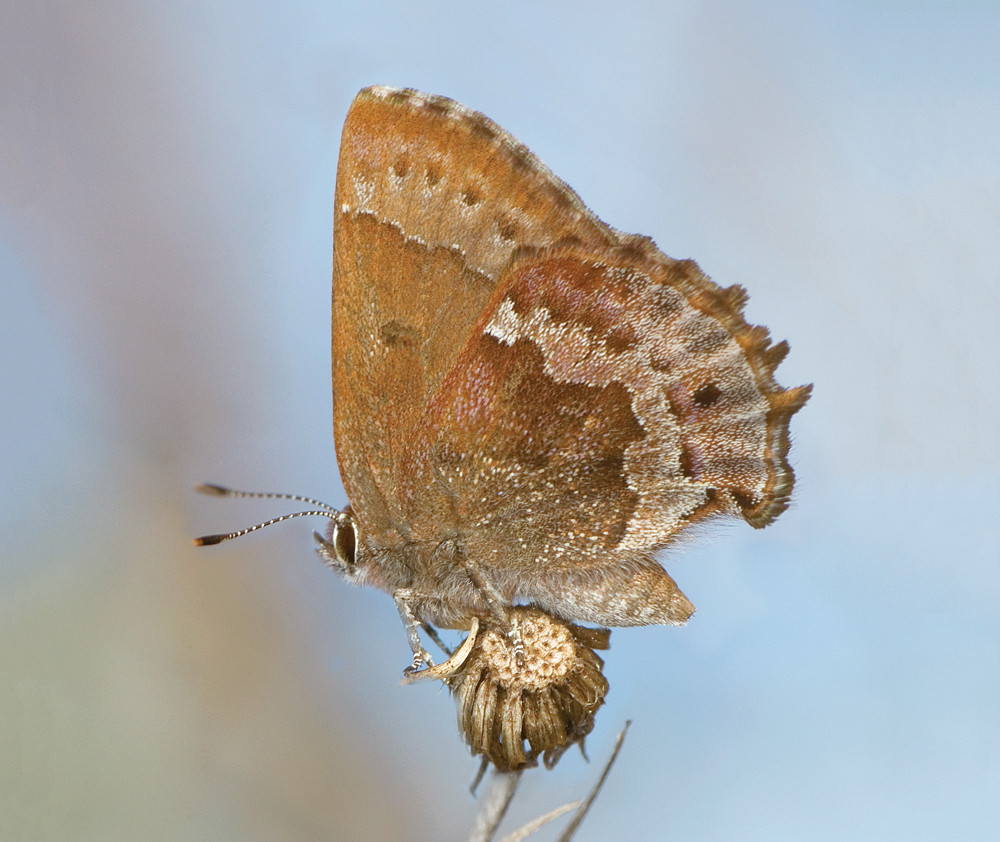
Frosted elfin
Host plants: Baptesia tinctoria (Yellow wild indigo); Lupinus perennis (Sundial lupine)
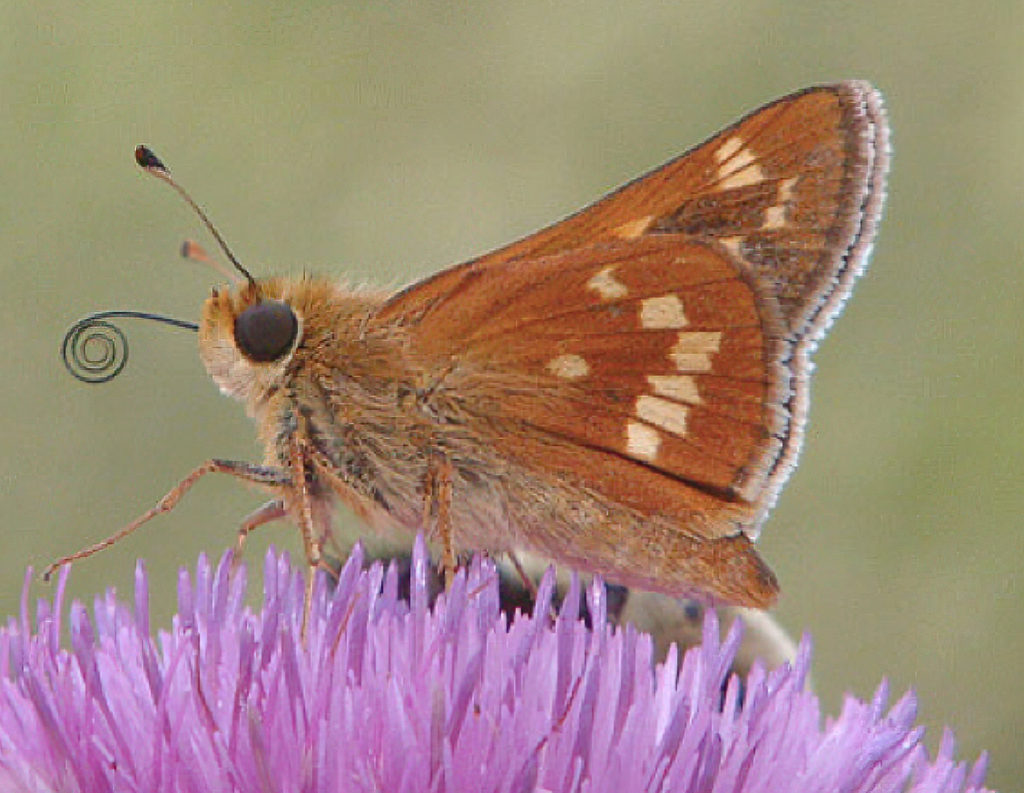
Leonard’s skipper
Host plant: Eragrostis spectabilis (Purple lovegrass)
Indian skipper
Host plant: (Schizachyrium scoparium (Little Bluestem)
Cobweb skipper
Host plant: Schizachyrium scoparium (Little Bluestem)
Acadian hairstreak
Host plant: Salix (Willow species)
Harris’ Checkerspot
Host plant: Doellingeria umbellatus (Flat top tall white aster)
Mulberry wing
Host plant: Carex (sedge species)
Black dash
Host plant: Carex (sedge species)
Aphrodite fritillary
Host plant: Viola (violet species)

Monarch
Host plant: Asclepias (milkweed species)
Other at-risk bees supported
We have almost 400 native bees in Massachusetts. Some are highly specialized and need a single species or very few species that can serve as host plants. Many of them are smaller and much harder to identify and research, but it is estimated that one-third may be at risk. The pollinator garden will support a number (still unknown) of these species.
